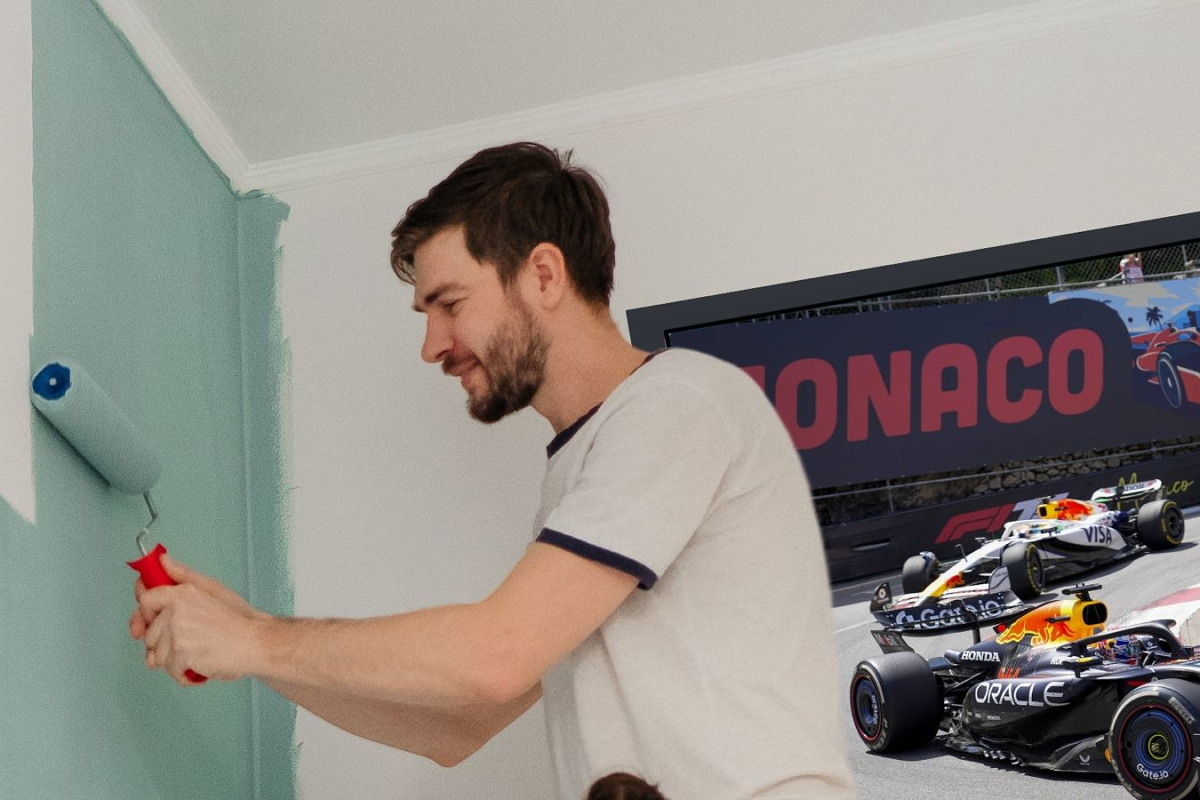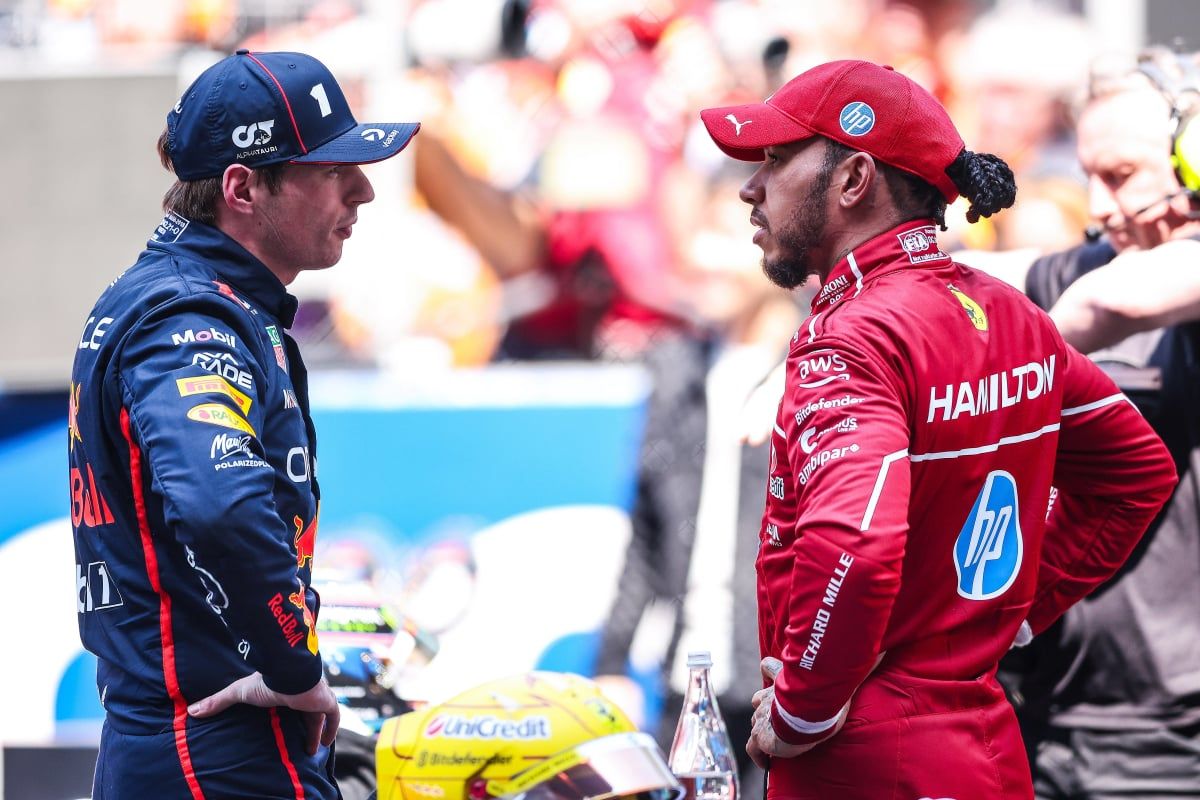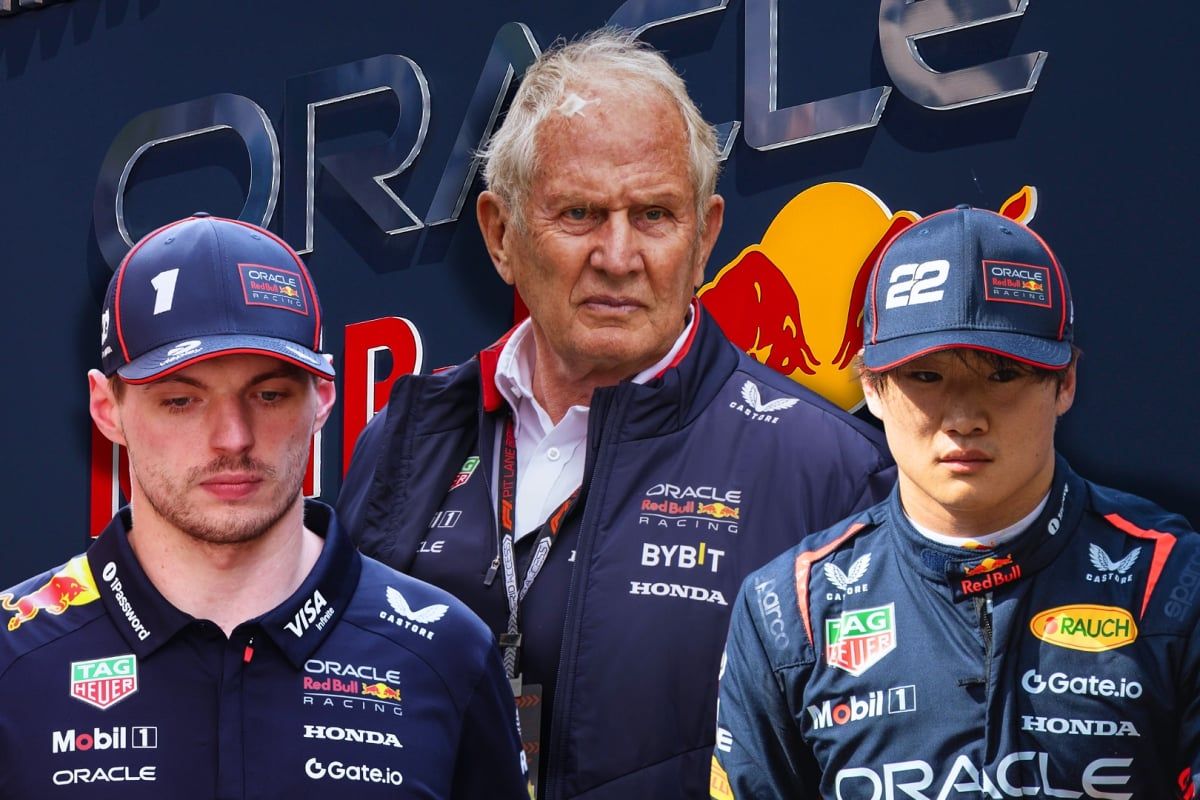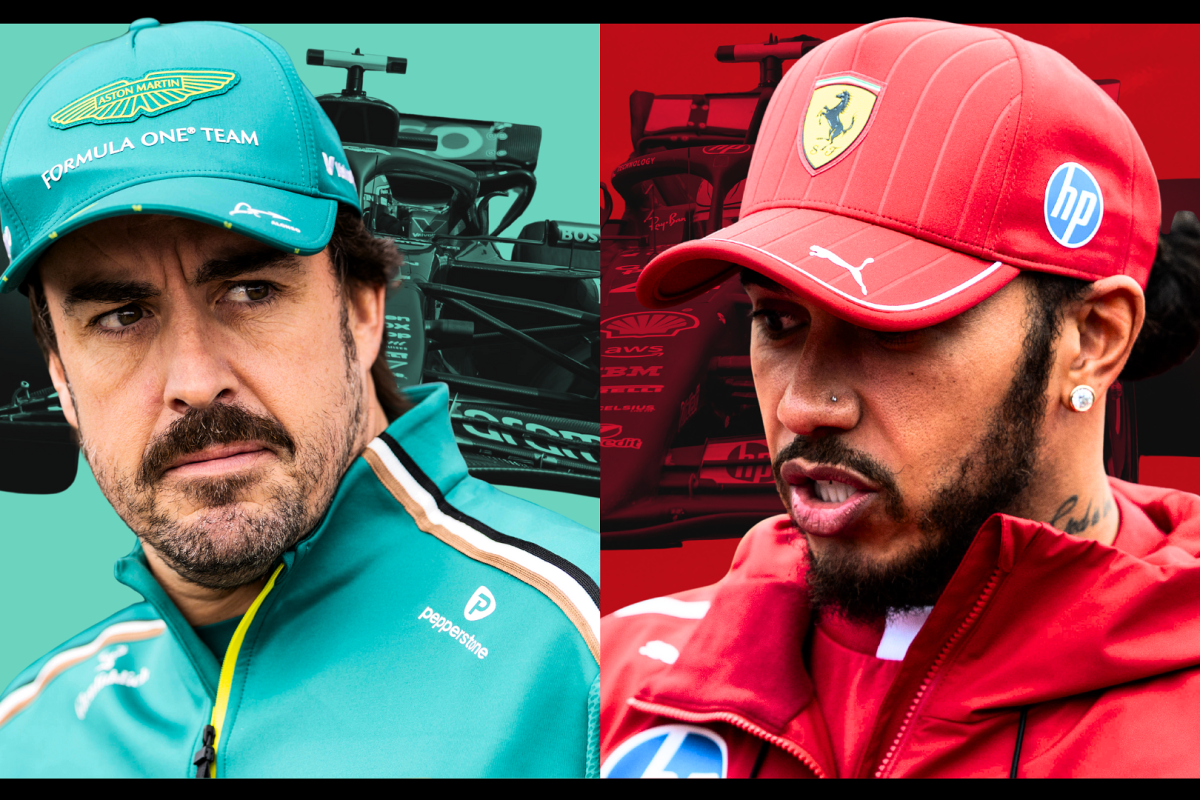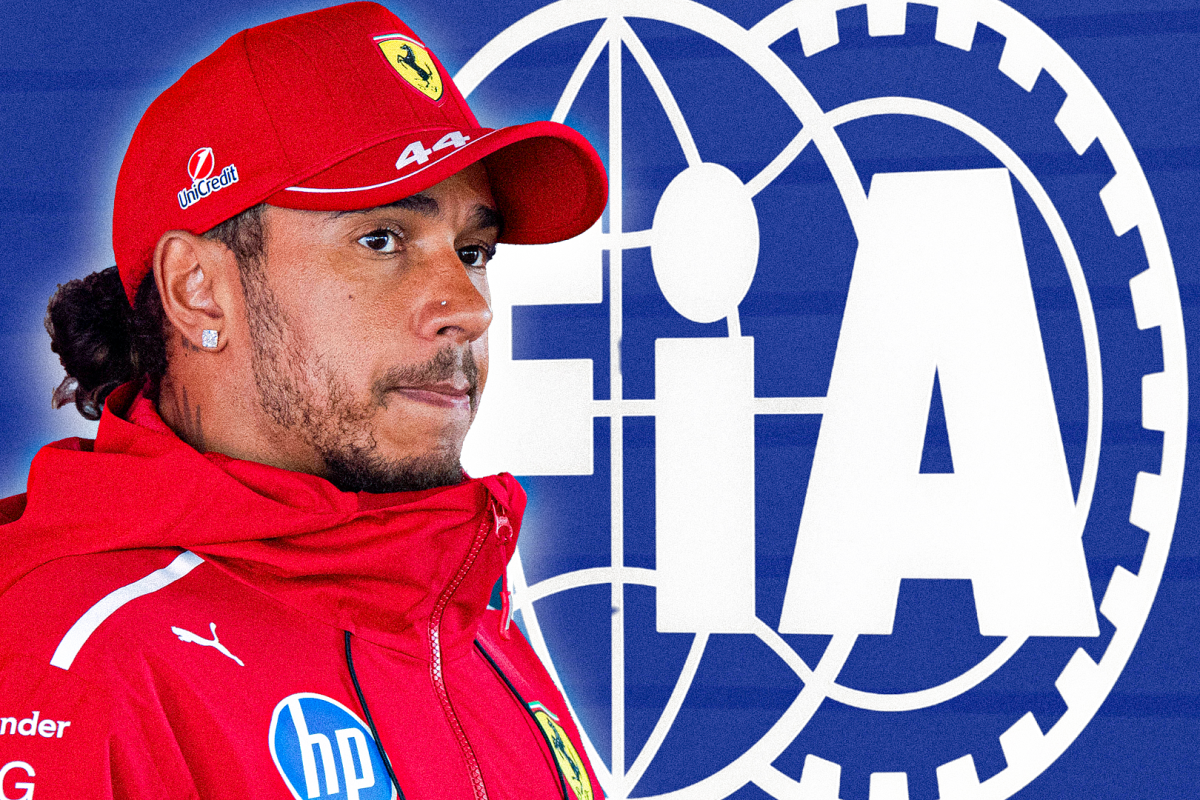The 2025 Monaco Grand Prix: A Race t…read more
The 2025 Monaco Grand Prix has officially earned the dubious title of “the worst F1 race in history.” It proved to be a stark reminder of the issues plaguing Formula 1, particularly when it comes to the iconic yet increasingly stale Monaco street circuit. Lando Norris might have qualified on pole and taken the victory, but the lack of real competition and excitement turned the event into a tedious spectacle that many fans would rather forget.
From the outset, the excitement surrounding the race was muted. Despite Norris’s impressive pole position, the race unfolded under a pall of predictability. The mandatory two-stop strategy, which was supposed to inject some life into the proceedings, instead stifled any potential for on-track action. The cars moved around the circuit with an almost monotonous rhythm, and the anticipation of strategic battles crumbled as drivers appeared more focused on avoiding incidents than battling for position.
Fernando Alonso and George Russell, both seasoned drivers, were not shy in expressing their disappointment. Alonso, who has faced a long stretch without scoring points, echoed the frustration of many fans who tuned in, hoping for thrilling wheel-to-wheel racing that Monaco is known for. Instead, they were left with a procession of cars completing laps with minimal engagement, highlighting the stark contrast between the expectations of a Monaco Grand Prix and the grim reality of this year’s event.
When a race relies on the prospect of an exciting red flag or safety car to stay relevant, it lays bare the issues at hand. This year’s Monaco GP exemplified everything that has begun to go wrong with the circuit and the sport. The unique charm of Monaco is often overshadowed by its inability to produce compelling racing in the modern era of F1. Fans spent 78 laps waiting in vain for a spark of excitement that never materialized, which culminated in universal dissatisfaction.
Matt Hobkinson, GPFans’ Global Lead Editor, didn’t mince words when he labeled the race the worst in F1 history. His sentiments echoed the sentiment of countless others who felt let down. Even when Alonso’s engine gave out, a moment which in other contexts might ignite a flurry of excitement, it ended up being anticlimactic as the car was parked well off the track, leading to only minor yellow flags. It was a race characterized by waiting rather than racing.
Sheona Mountford, an F1 journalist, noted how the changes aimed to enhance the spectacle instead diluted the very essence of what makes F1 thrilling. The racing was absent, reduced instead to a series of disjointed moments that felt more like a grand tour of the French Riviera rather than a fiercely competitive motorsport encounter. The mandatory pit stops, rather than creating drama, emphasized the lack of genuine on-track battles. This should have been a moment where iconic rivalries flared up again but instead fell flat and faded into the background noise of pit strategies.
Not even the famed Monaco backdrop, with its breathtaking views and glitzy aura, could mask the evident shortcomings on display. Ronan Murphy pointed out that in a world where larger-than-life events occur in glamorous settings, watching the Monaco GP felt like a lackluster experience compared to other races held elsewhere with an equally significant budget but a lot more thrilling action. The cars simply felt too big for the narrow streets, reducing the race to a mere “90-minute convoy,” a phrase that encapsulates the overwhelming sense of disappointment.
As Chris Deeley emphasized, it is becoming increasingly difficult to defend Monaco as a premier racetrack in the F1 calendar. Once celebrated for its heritage and rich history, the circuit now struggles to translate that legacy into the present-day version of the sport, where overtaking is paramount and excitement reigns supreme. Monaco’s charm is fading, and F1 must confront the uncomfortable reality that the event may no longer live up to its storied past.
The 2025 Monaco Grand Prix encapsulated a critical juncture for Formula 1. It raised questions not only about the track’s future but also the broader implications for a sport that must evolve to retain its place as the pinnacle of motorsport. With diminishing returns becoming more apparent and a growing chorus of discontent, it’s clear that the time has come to refocus efforts on making Monaco relevant again—or risk losing fan engagement for years to come. As we look ahead to next year’s race, there is a pressing need for innovation and genuine racing action, lest the Monaco Grand Prix descend further into homogeny and monotony. What was experienced in 2025 simply cannot continue, and the sport must strive to fit the grandeur of its history with the electricity of modern racing.
